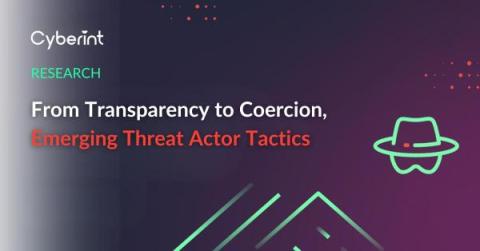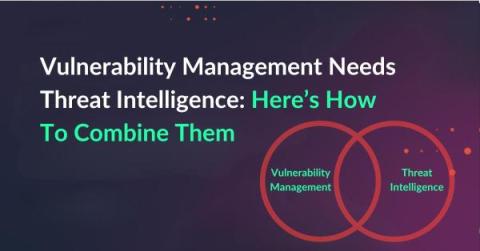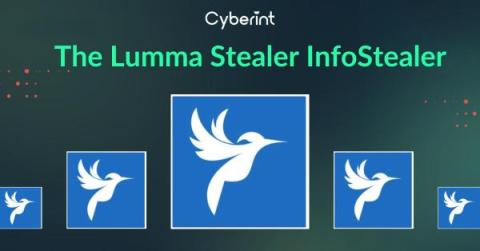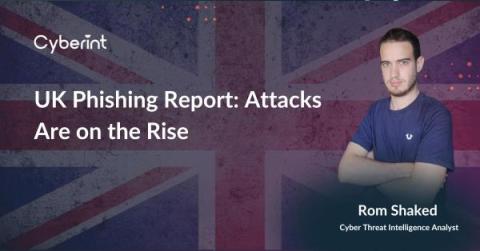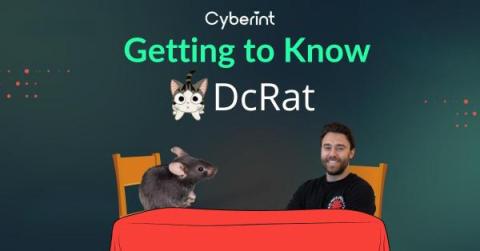Operation Deface: A New Alliance of Hacktivists on Telegram
A new alliance has emerged, posing a significant risk to governments, businesses, and individuals worldwide. On February 6th, 2024, a Telegram channel was created, uniting 18 hacking groups from across the globe under the banner of hacktivism. This report by Cyberint delves into the depths of this alliance, analyzing its origins, motives, activities, and potential impact. It then offers recommendations for organizations and individuals to strengthen their cybersecurity posture.



